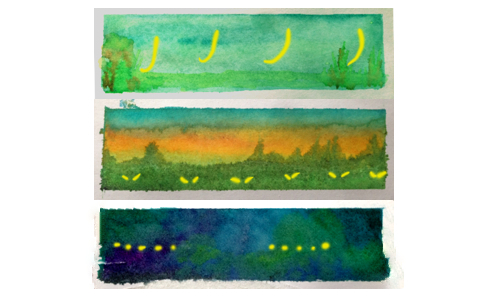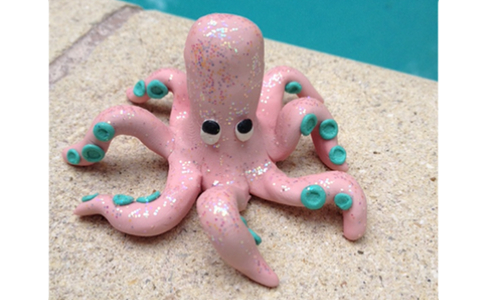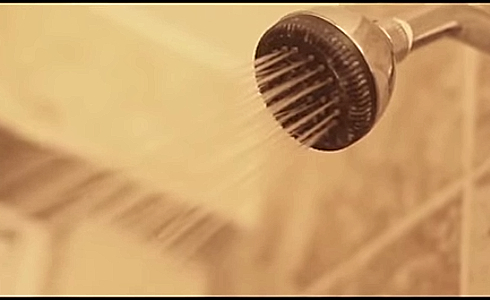As Science Friday’s director of audience, Ariel Zych actively lead the engagement, learning, research, and impact strategies and activities at Science Friday, working to make science exciting, accessible, equitable, and representative to a growing national audience.
Ariel joined Science Friday in 2013 as its inaugural education manager, designing new lessons and experiments, planning teacher trainings, drawing diagrams, and curating collections of SciFri media for libraries and partners. Before that, Ariel was a high school biology, marine science, and environmental science teacher in Washington D.C. In addition to being a classroom teacher, Ariel has created and facilitated informal and formal science programs around the country and has developed curricular materials and experiences for camps, cruises, campuses, zoos, museums, scouts, parents, teachers, and schools.
While completing her master’s degree in entomology at the University of Florida, Ariel once discovered the mechanism of acoustic communication in scentless plant bugs, which was super interesting to her, but not to many other people. Several other memorable scientific pursuits include studying snail gonads, collecting ticks, caring for colonies of social spiders as an undergrad at Cornell, tagging dragonflies, sailing aboard the E/V Nautilus and, more recently, traveling to Antarctica to cover long-term research on the frozen continent.
Ariel constantly misses her home town of Portland, Oregon, and loves traveling the world, eating fun food, family time, and spending time outside.
Jumping Spider Shake Down
Can you match each jumping spider dance to its vibratory song?
Salad Dressing Science: Emulsion Lab
In this experiment, you will test a few common household ingredients to see which is the most effective emulsifier for making salad dressing – and you can eat your results!
Fashion Circuit
Add some pizzazz to your favorite clothing and accessories using some wire, tape, a battery, and an LED.
Talk Like A Firefly
Learn to speak the language of fireflies and invent your own secret flash code.
How Does an Octopus Change Its Body to Blend In With Its Environment?
Watch footage of a live octopus to model different ways that these animals can camouflage themselves by changing their body’s texture, shape, size, and color.
Chocolate Crystal Concoctions
Act like an experimental chocolatier and determine how different melting and cooling procedures impact the shine, hardness, and texture of finished chocolate.
Blog: These Student Filmmakers Have Science Stories to Tell
Student video competitions engage the minds of future science communicators.
Blog: Battle of the Bots
An international robotics competition challenges high schoolers to fund, design, and build an intelligent, semi-autonomous robot.
17:03
The Science Club Talks Art Machines
The Science Club meets to recap the month’s “Build an Art Machine” project.
Make a Model Eardrum to Detect Sound Waves
Create a model eardrum to visualize sound vibrations, and then use a smartphone to identify your model’s natural frequencies.




